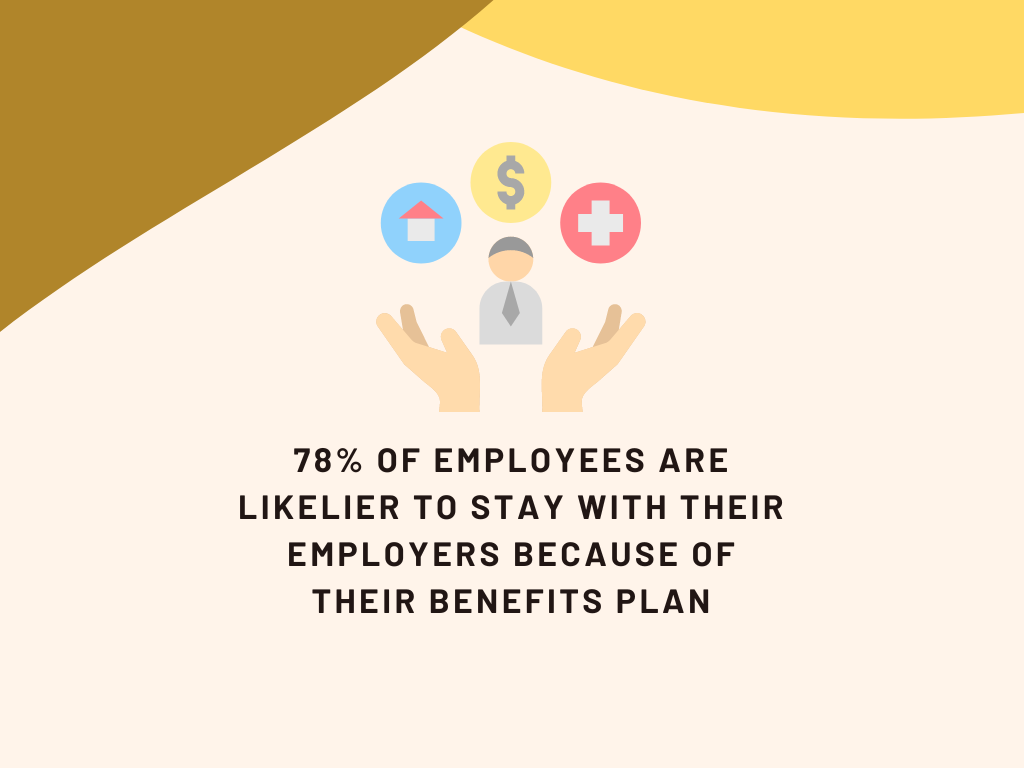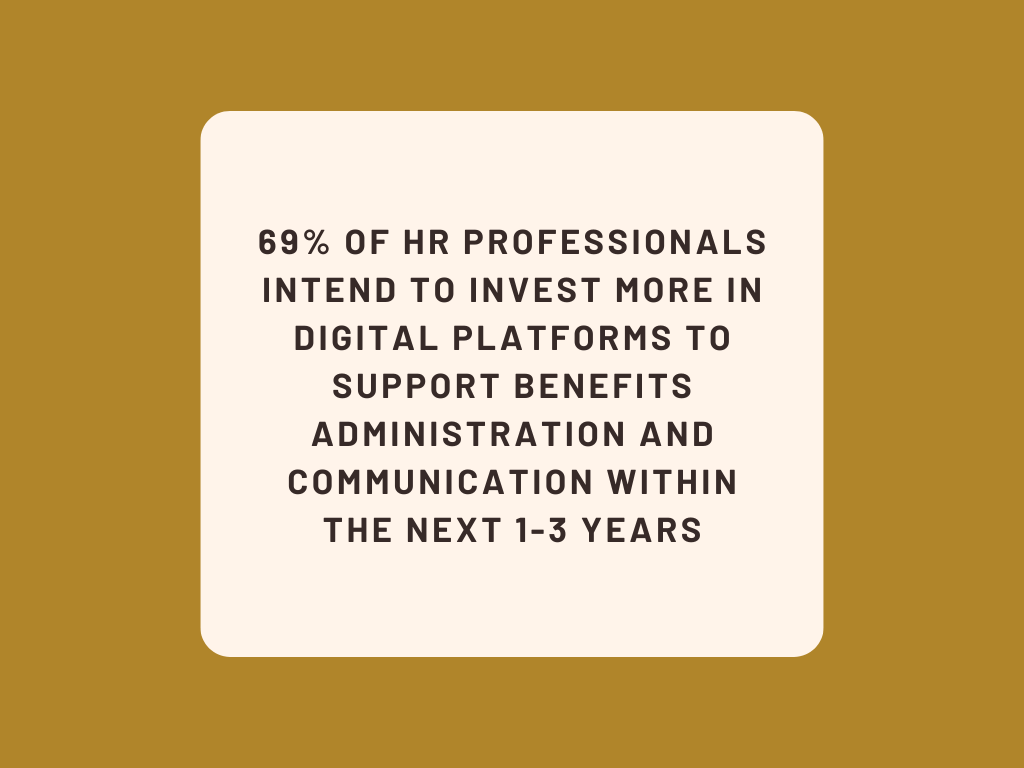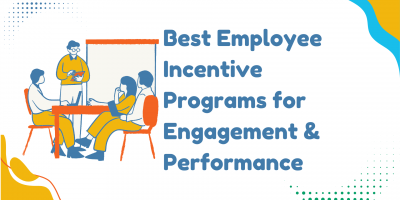In-Depth Guide to Applicant Tracking Systems (ATS)
Explore the functionalities of applicant tracking systems (ATS) with our detailed guide, uncovering the tools and features that streamline your recruitment process.

Rising interest rates, economic challenges, and growing benefit costs have tightened corporate budgets.
Nevertheless, investing in and expanding employee benefits remains a critical priority.
In 2024, benefits are more important than ever. According to a report from United Insurance, 78% of employees are more likely to stay with their employers because of their benefits plan.
From communicating benefit details to employees, ensuring compliance with regulations, and enrolling new hires to managing ongoing changes, benefits administration requires careful oversight.
As such, benefit systems have a major impact on employees’ lives and their loved ones – yet they are often overlooked when discussing employee experiences.
People need to trust their coverage, and technology is key to improving the entire benefits system for everyone involved: employees, employers, carriers, brokers, and benefits administration software companies.
Whether you’re an HR professional, a C-suite executive, or a business owner, this report provides valuable insights into the shifting landscape of benefits administration.
Our data uncovered some interesting insights about the benefits administration market. Over the past few years, we found that demand for benefits administration solutions has experienced some uneven movement, with a modest downward trajectory more recently.
However, our findings, along with broader industry trends, suggest that the market for benefits administration solutions is on the cusp of a significant transformation.
As companies deal with the ever-increasing complications of juggling multiple vendor relationships for their employee benefits offerings, we expect many organizations will start turning to comprehensive benefits administration platforms.

In this section, we explore the broader industry shifts and trends impacting benefits administration for employers.
With a global workforce that is increasingly multigenerational and culturally diverse, employers must create benefits programs that address the specific needs of all employees.
World events like COVID-19, inflation, and geopolitical instability have further complicated and propelled the recent expansion of employee benefits over the past few years.
In response to these challenging times, well-intentioned employers have implemented many new benefits to attract and retain employees, such as holistic wellness programs, niche perks, and voluntary benefits.
However, this hyper-personalized approach has resulted in a proliferation of point solutions, creating a disjointed and fragmented benefits offering.
Unsurprisingly, a mixed-benefit portfolio of traditional vendors and standalone point solutions has not only caused confusion among employees, but also increased the workload for HR teams.
According to PwC’s report, 25% of employers of all sizes work with over 20 vendors for health and wellness benefits, while the rest work with at least 8-10 vendors, not counting those handling non-health benefits like life insurance, disability, workers’ compensation, and processing compensation claims.
Managing relationships and contracts with such a large number of third-party vendors can be risky if not handled correctly, leading to heightened business risk exposure.
Operational challenges, fiduciary risk, and administrative complexity are now major business concerns in benefits administration.
According to Mercer’s People Risk 2024 report, one of the top concerns (ranked 5th out of 25) is the misalignment of benefits and HR practices with changing legislation and regulations.
Navigating constant changes in government mandates and regulations is one of the biggest hurdles companies face when developing and delivering benefits programs across different regions.
Some examples of these rules are mandated childcare benefits, disability insurance, or job protections in case of illnesses in certain states, which can substantially influence the structure and cost of the benefits program.
In other words, HR is now tasked with creating a global and digital benefits program that is locally relevant, moving away from a one-size-fits-all approach to benefits administration.
Creating such a comprehensive benefits framework requires companies to reevaluate their approach to benefits administration and implement automation solutions.
However, when asked about concerns with HR and benefit technologies, 37% of HR managers cited the lack of progress in simplifying, automating, standardizing, and digitizing HR processes.
So, how can employers more effectively meet diverse employee needs while simplifying benefits oversight, administration, and vendor management?
Most organizational risks can be mitigated by leveraging benefits administration technology to streamline processes and implement robust systems that meet or exceed legislative requirements across different geographies.

Today, employers face the challenge of navigating complex administrative landscapes, promoting transparency, and ensuring a uniform employee experience throughout their organization – all while keeping their benefit offerings competitive and effective across different markets.
To achieve this, employers must adopt a strategic approach that leverages technology, expert guidance, and a deep understanding of local and international regulations.
Using robust benefits administration platforms that support multi-country operations can simplify processes and provide a unified interface for employees.
By maintaining consistent benefit policies and practices at all organizational levels, businesses can create an integrated benefits ecosystem that promotes equity, regulatory compliance, and informed decision-making.
For these reasons, 58% of HR professionals aim to achieve global consistency in how employees understand, access, and utilize their benefits within the next 1-3 years.
Additionally, a survey by the Business Group on Health reveals that 80% of surveyed global employers either have a global consistency strategy in place or are in the process of developing one.
While technology has rapidly transformed HR strategies like payroll and talent management, the digitalization of benefits has gradually evolved.
For employers yet to embark on their benefits technology journey, remaining competitive in their industry and attracting top global talent will become increasingly difficult without investment.
Though benefits technology represents a fraction of total spending, without it, companies can’t maximize the return on investment or the impact of their benefits offerings.
Benefits technology equips employers for long-term planning, addressing short-term challenges, and ensuring excellent user experience.
With mounting time pressures on HR and benefits teams, benefits administration software reduces the administrative burden, streamlines processes, and frees up time to focus on strategic initiatives that truly impact the workforce.
For these reasons, 69% of HR professionals intend to invest more in digital platforms to support benefits administration and communication within the next 1-3 years.
According to internal data, employers are increasingly looking for comprehensive benefits administration solutions to streamline processes, as shown by this keyword mapping of common search terms.

Senior Content Writer at Shortlister
Browse our curated list of vendors to find the best solution for your needs.
Subscribe to our newsletter for the latest trends, expert tips, and workplace insights!
Explore the functionalities of applicant tracking systems (ATS) with our detailed guide, uncovering the tools and features that streamline your recruitment process.

Explore how HRIS streamlines HR operations while at the same time improving employee engagement, compliance, and organizational efficiency.

Ever wondered if the promise of rewards, bonuses, and promotions truly motivates employees, or if it’s just a corporate myth waiting to be debunked?

Unlock the secrets to crafting an ATS-friendly resume that stands out in the job market with valuable insights and tips to navigate applicant tracking systems effectively.
Used by most of the top employee benefits consultants in the US, Shortlister is where you can find, research and select HR and benefits vendors for your clients.
Shortlister helps you reach your ideal prospects. Claim your free account to control your message and receive employer, consultant and health plan leads.